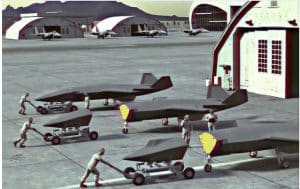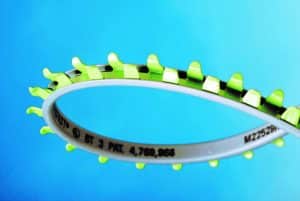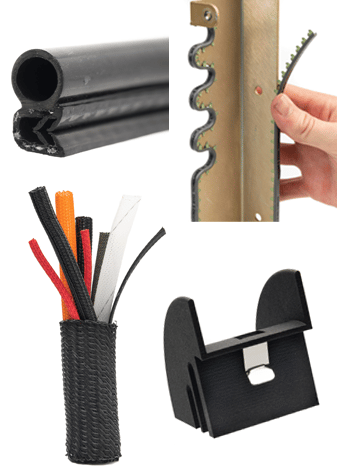The USAF has released information about the Next-Generation Air Dominance (NGAD) project which teams multiple advanced, adaptable unmanned aircraft systems (UAV's) with existing or future fighters.
NGAD is far more than an aircraft, it’s a major shift in USAF conceptual design in a couple of ways:
Firstly the program is breaking new ground as it wants to create a unified platform system that combines flight performance, production and sustainment. This will allow designers to see in real time the effect of even small changes on a new aircraft, through production and service life. A bold goal.
Using concurrent engineering strategies they will create a digital blueprint for a master tooling interface, a rapid prototyping and mock up system, the operations/support requirements and simulated flight tests. All are accomplished before any components are moved into an autoclave. The military wants to cut the process time between requirements analysis and flying prototype by 2/3rds.
As proof of concept they point to the fact that they have already designed, built and flown a full-scale flight demonstrator which has reportedly broken a lot of “records”…sit sounds like its critical path for its build was one of those records!

The future? Swapping nose cones on UAV's. Source: USAF
Secondly while NGAD is still generally shrouded in secrecy, we do know that it has a core operational goal of making multiple platforms work as a system and having flexibility within the component parts. The plan seems to call for multiple aircraft including UAVs to be developed and fielded simultaneously which will work together to identify, target and engage. As the image above suggests this could also encompass UAVs with different nose cones for different operational needs..
Implication: Reliance on a Single Platform is Fading
Having UAVs work side by side -and synergistically- with manned platforms seems to be a significant emphasis change within the NGAD model. UAV's advantages over manned aircraft are pretty clear: they can operate without oxygen at altitude, through wide temperature swings and 15-20G force in turns. However sidestepping the traditional reliance on monolithic pilot operated platforms takes it to a whole new level.
It is not known what the level of emphasis on UAV's will be, but its clearly greater than before. So UAV systems designers get an extra 15 cu. ft of pilot space to play with and can forget pilot armor, anti-gravity and oxygen systems. In contrast to manned platforms, several hundred pounds of pilot related weight can be removed or converted to mission equipment, fuel or any flight management systems.
At the same time the technology packed into these system dense platforms will require more wiring in smaller spaces, passing through penetrations in air frames throughout the fuselage. Reliability, low profile components and Life Cycle Cost (LCC) of the components will be important.
DTI Can Assist with Life Cycle Cost LCC
By changing one component -grommet edging- OEMs can save a minimum of 49% on total installation costs.
Since the 1940’s the chafe protection SOP has been to use glued nylon grommets MS21266. Switching from the legacy grommet MS21266 to DTi’s M22529/2 – a higher performance grommet – can save significant installation costs and improve operational efficiency with this one simple component change. Across a platform lifecycle this can be millions of dollars.
Navair approved M22529/2 has been proven in multiple tactical aircraft and weapons platforms including General Atomics’ Predator and Reaper drones and Raytheon’s Patriot and Tomahawk missiles.

Mil spec Grommet Edging M22529/2
Why Such Big Savings?
MS21266 requires a long multi-step install process which includes gluing, fixturing, curing and inspections. In contrast the M22529/2 grommet is applied with finger pressure yet has superior retentive capabilities and has been static load tested to 20G on all three axes without adhesives and can be removed and replaced in the field multiple times without degrading its retentive strength.
No adhesives means, no bonding prep, VOC solvents, Scotch-brite, disposable gloves, cheese cloth or cure time delays. This drastically reduces the FO/FOD issues related to wire protection.
The MTBF for M22529/2 is much longer than nylon because it does not rely on adhesives that can degrade and is also not subject to the coil set suffered by nylon grommets.
M22529/2 has a thin malleable CRES substrate that allows technicians to manually pre-form the grommet to rough or irregular edges and then simply snap it into place with finger pressure. We also anticipate that M22529/2 grommets could be accurately pre-cut to length and bagged as kits ready for installation either in production or the field.
If you are looking for performance combined with efficiency and cost savings for NGAD or any other platform …switch to Spring-Fast® M22529/2.
Find out more about Spring-Fast M22529/2 Mil Spec Grommet Edging here
Request Free samples here

